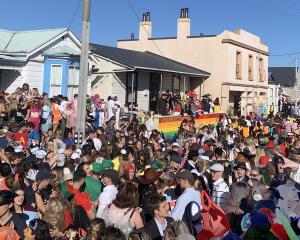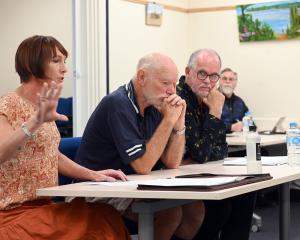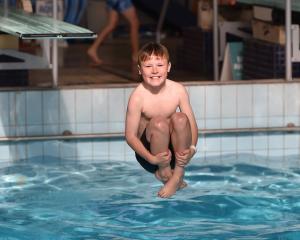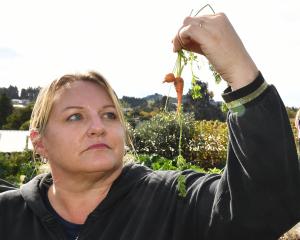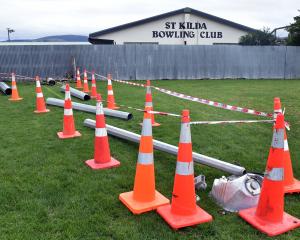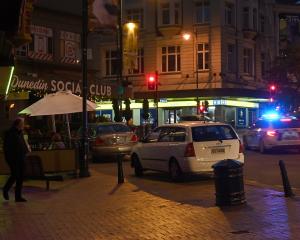Yet that was the experience for Latvian-born award-winning photographer Andris Apse, now living at Okarito, on the South Island's West Coast, who is exhibiting a collection of 40 photographs at Otago Museum taken during two trips to the ice.
Speaking to the Otago Daily Times, Mr Apse said he had been fortunate to win a place on an Antarctica New Zealand expedition to the icy continent in February last year, lasting one month.
It was his second trip to the ice, following a three-week venture in 2004, that had together resulted in a series of spectacular landscape photographs highlighting the continent's extraordinary rugged beauty.
Staying at Scott Base, he and the Antarctica New Zealand film crew - who were producing a documentary - flew by helicopter for up to eight hours each day to some of the most stunning sites within range.
The trip involved brief sorties on the ground, wandering through towering 20m cliffs of fragile and weather-sculpted ice, or encountering wildlife, including sometimes overly-inquisitive penguins.
Other photographs were taken from the air, although the Antarctica New Zealand film crew's requirements meant Mr Apse was forced to take his photographs through a small letterbox of a window, reached only by lying on the helicopter floor.
The pilot would sometimes oblige Mr Apse's requests by tilting the helicopter left or right, to help the angle of his shots, but only if it meant filming would not be interrupted.
When filming was under way, Mr Apse could only snatch whatever images he could, or watch as otherwise stunning landscapes were left to slide away, out of sight and out of reach of his lens.
"I was always seeing opportunities slip by because they were in the middle of a filming sequence and we would not get back to them.
"It was exhilarating and frustrating at the same time."
Even on the ground, the imminent threat of weather closing in around them meant the group were unable to venture more than a few hundred metres from their set-down points, where a pile of emergency supplies was also dropped.
One striking image taken from the ground, of menacing cloud formations rolling in over the icy landscape, was snapped moments before the group retreated to their helicopter and fled, to avoid being trapped by the approaching weather, he said.
Despite the difficulties, Mr Apse could only marvel at his surroundings during field expeditions spent away from Scott Base, camping on the ice.
"It's the only place I have been that I can't survive without help, because you can't live off the land there.
"There's just nothing. Inland, it's a desert. There's not even any water without a fire.
"I lay in my two sleeping bags in a tent and thought of the early guys that went out there, with their . . . skin sleeping bags and frost-encrusted clothes they had to climb into every day.
"I was only out there three or four days and these guys were doing it for months on end."
The Antarctic trips were the culmination of 26 years' work as an extreme landscape photographer, chasing images around New Zealand and further afield, including Australia, India, Russia, nature reserves and World Heritage Sites.
His work has won awards including the Animal Behaviour award in the International Wildlife Photographer of the Year competition, run by London's Natural History Museum.
Other awards have come from Hong Kong, New York, Germany and Japan, and his photographs of New Zealand landscapes were used in Lord of the Rings promotional imagery on Air New Zealand aircraft.
His Antarctic photographs were on display for the Otago Museum's Andris Apse: Focus on a Frozen Land exhibition.




